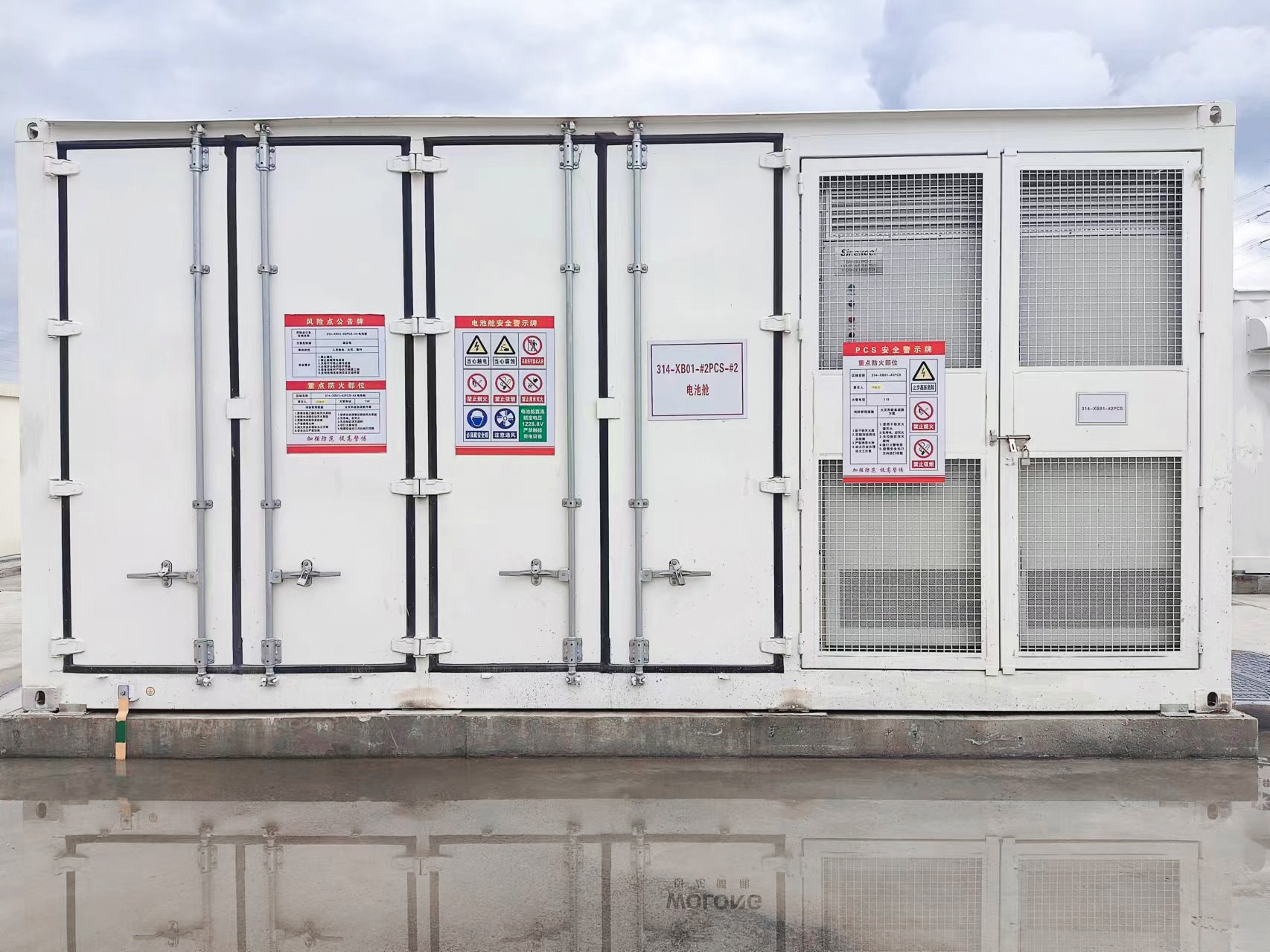
Energy storage systems allow energy consumption to be separated in time from the production of energy, whether it be electrical or thermal energy. The storing of electricity typically occurs in chemical (e.g., lead acid batteries or lithium-ion batteries, to name just two of the best known) or mechanical means (e.g., pumped hydro storage). Thermal energy storage systems can be as simple as hot-water tanks, but more advanced technologies can store energy more densely (e.g., molten salts, as used in concentrating solar power).
With the rapidly falling costs of solar and wind power technologies, increasing shares of variable renewable energy will become the norm, while efforts to decarbonise the transport sector are being accelerated by the use of electric vehicles. This need to accommodate variable energy supply while providing undisrupted output in the electricity sector, as well as efforts to integrate renewables into the end-use sectors has brought into sharp relief the significant potential, as well as crucial importance, of electrical and thermal energy storage to facilitate deep decarbonisation.
Electricity storage that is based on rapidly improving batteries and other technologies will permit greater system flexibility, a key asset as the share of variable renewables increases. More directly, electricity storage makes possible a transport sector dominated by electric vehicles; enables effective, 24-hour off-grid solar home systems; and supports 100% renewable mini-grids.
et, electricity markets frequently fail to account properly for the system value of storage. The Electricity Storage Valuation Framework report proposes a five-phase method to assess the value of storage and create viable investment conditions to guide storage deployment for the effective integration of solar and wind power.
Battery electricity storage
Battery electricity storage is a key technology in the world’s transition to a sustainable energy system. Battery systems can support a wide range of services needed for the transition, from providing frequency response, reserve capacity, black-start capability and other grid services, to storing power in electric vehicles, upgrading mini-grids and supporting “self-consumption” of rooftop solar power. In the longer-term, batteries could support very high levels of variable renewable electricity, specifically by storing surplus energy and releasing it later, when the sun is not shining or the wind not blowing strongly enough.
Battery electricity storage systems offer enormous deployment and cost-reduction potential, according to the IRENA study on Electricity storage and renewables: Costs and markets to 2030. By 2030, total installed costs could fall between 50% and 60% (and battery cell costs by even more), driven by optimisation of manufacturing facilities, combined with better combinations and reduced use of materials. Battery lifetimes and performance will also keep improving, helping to reduce the cost of services delivered. Lithium-ion battery costs for stationary applications could fall to below USD 200 per kilowatt-hour by 2030 for installed systems.
In addition, IRENA has developed a spreadsheet-based Electricity Storage Cost-of-Service Tool available for download. This simple tool allows a quick analysis of the approximate annual cost of electricity storage service for different technologies in different applications. It is not a detailed simulation for investment decisions but allows those interested in specific applications to identify some of the potentially more cost-effective options available. These could then be subject to more detailed analysis of their suitability for the specific application, their performance in given the real-world operating conditions of the application and their relative economics.
Thermal energy storage
Thermal energy storage (TES) can help to integrate high shares of renewable energy in power generation, industry, and buildings sectors. TES technologies include molten-salt storage and solid-state and liquid air variants.
TES technologies offer unique benefits, such as helping to decouple heating and cooling demand from immediate power generation and supply availability. The resulting flexibility allows far greater reliance on solar and wind power and helps to balance seasonal demand. TES supports the shift to a predominantly renewable-based energy system and reduces the need for costly grid reinforcements.
The global market for TES could triple in size by 2030, growing from gigawatt-hours (GWh) of installed capacity in 2019 to over 800 GWh by 2030. Investments in TES applications for cooling and power could reach between USD 13 billion and USD 28 billion in the same period. Investments to drive technological development and measures to enhance market pull, combined with a holistic energy policy aimed at scaling up renewables and decarbonising energy use, can unlock rapid growth in TES deployment.
The innovation trends and opportunities for thermal energy storage are discussed in detail in the Innovation Outlook: Thermal Energy Storage.




